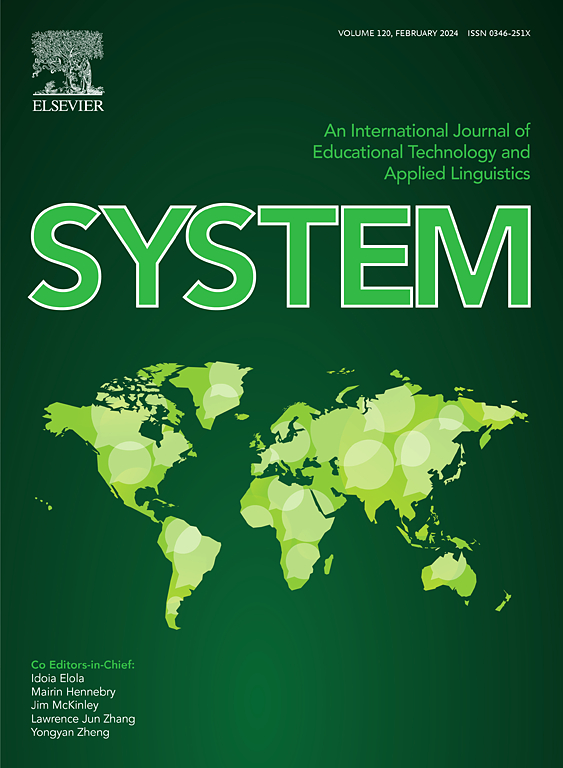ROS-DRP1-mediated excessive mitochondrial fission and autophagic flux inhibition contribute to heat stress-induced apoptosis in goat Sertoli cells
IF 6.5
1区 农林科学
Q1 Agricultural and Biological Sciences
引用次数: 0
Abstract
Heat stress (HS) poses a significant threat to male goat reproduction. Sertoli cells (SCs) provide both structural and nutritional support necessary for germ cells. HS induces physiological and biochemical changes in SCs. Nevertheless, the molecular mechanisms involved are still not fully understood. Melatonin is a classic antioxidant that can alleviate HS-induced male reproductive damage. However, the underlying molecular mechanisms by which melatonin mitigates damage to goat testicular SCs remain unclear and require further investigation. In this study, an in vivo heat stress model was established in goats. The results showed that HS exposure led to testicular injury, abnormal spermatogenesis and apoptosis of SCs. To elucidate the mechanism of HS-induced SC apoptosis, primary SCs were isolated and cultured from goat testes, then exposed to HS. HS exposure increased the production of reactive oxygen species (ROS), decreased adenosine triphosphate (ATP) synthesis, and reduced mitochondrial membrane potential in SCs. Additionally, HS increased the expression of mitochondrial fission proteins 1 (FIS1) and dynamin-related protein 1 (DRP1) while decreasing the expression of mitochondrial fusion proteins Mitofusin 1 (MFN1), Mitofusin 2 (MFN2), and optic atrophy 1 (OPA1). This resulted in excessive mitochondrial fission and mitochondria-dependent apoptosis. Mdivi-1 (DRP1 inhibitor) reduces mitochondria-dependent apoptosis by inhibiting excessive mitochondrial fission. Mitochondrial fission is closely related to mitophagy. HS activated upstream mitophagy but inhibited autophagic flux, disrupting mitophagy and exacerbating mitochondria-dependent apoptosis. Finally, the classical antioxidant melatonin was shown to reduce mitochondria-dependent apoptosis in SCs exposed to HS by decreasing ROS levels, restoring mitochondrial homeostasis, and normalizing mitophagy. In summary, these findings indicated that the mechanism of HS-induced mitochondria-dependent apoptosis in SCs is mediated by hyperactivation of the ROS-DRP1-mitochondrial fission axis and inhibition of mitochondrial autophagy. Melatonin inhibited HS-induced mitochondria-dependent apoptosis in SCs by restoring mitochondrial homeostasis. This study enhances the understanding of the mechanisms through which heat stress triggers apoptosis and provides a vision for the development of drugs against HS by targeting mitochondria in goats.ROS-DRP1 介导的线粒体过度分裂和自噬通量抑制是热应激诱导山羊 Sertoli 细胞凋亡的原因之一
热应激(HS)对公山羊的繁殖构成重大威胁。支持细胞(SCs)为生殖细胞提供必要的结构和营养支持。HS诱导SCs发生生理生化变化。然而,所涉及的分子机制仍未完全了解。褪黑素是一种经典的抗氧化剂,可以减轻hs引起的男性生殖损伤。然而,褪黑素减轻山羊睾丸SCs损伤的潜在分子机制尚不清楚,需要进一步研究。本研究建立了山羊体内热应激模型。结果表明,HS暴露可导致睾丸损伤、精子发生异常和sc凋亡。为了阐明HS诱导SC凋亡的机制,我们从山羊睾丸中分离培养原代SC,然后暴露于HS中。HS暴露增加了活性氧(ROS)的产生,减少了三磷酸腺苷(ATP)的合成,降低了SCs的线粒体膜电位。此外,HS增加了线粒体裂变蛋白1 (FIS1)和动力蛋白相关蛋白1 (DRP1)的表达,降低了线粒体融合蛋白Mitofusin 1 (MFN1)、Mitofusin 2 (MFN2)和视神经萎缩1 (OPA1)的表达。这导致过度的线粒体分裂和线粒体依赖性凋亡。Mdivi-1 (DRP1抑制剂)通过抑制线粒体过度裂变减少线粒体依赖性凋亡。线粒体分裂与线粒体自噬密切相关。HS激活上游线粒体自噬,但抑制自噬通量,破坏线粒体自噬,加剧线粒体依赖性凋亡。最后,经典的抗氧化剂褪黑素被证明可以通过降低ROS水平、恢复线粒体稳态和使线粒体自噬正常化来减少HS暴露的SCs中线粒体依赖性的凋亡。综上所述,这些发现表明hs诱导的SCs线粒体依赖性凋亡的机制是通过ros - drp1 -线粒体裂变轴的过度激活和线粒体自噬的抑制介导的。褪黑素通过恢复线粒体稳态抑制hs诱导的线粒体依赖性凋亡。本研究增强了对热应激触发细胞凋亡机制的理解,为开发针对山羊线粒体的抗HS药物提供了前景。
本文章由计算机程序翻译,如有差异,请以英文原文为准。
求助全文
约1分钟内获得全文
求助全文
来源期刊

Journal of Animal Science and Biotechnology
AGRICULTURE, DAIRY & ANIMAL SCIENCE-
CiteScore
9.90
自引率
2.90%
发文量
822
审稿时长
17 weeks
期刊介绍:
Journal of Animal Science and Biotechnology is an open access, peer-reviewed journal that encompasses all aspects of animal science and biotechnology. That includes domestic animal production, animal genetics and breeding, animal reproduction and physiology, animal nutrition and biochemistry, feed processing technology and bioevaluation, animal biotechnology, and meat science.
 求助内容:
求助内容: 应助结果提醒方式:
应助结果提醒方式:


